Why the Taycan is the Best Porsche to Drive From Toronto to Ottawa and Back

The goal was simple: we would drive from the capital of Ontario to the capital of Canada. I’d be back home in a little over 24 hours. It would mostly be highway driving, though my Porsche handlers happily suggested detours, be it for scenery or more, er, “scientific” pursuits.
It was clear Porsche wanted to showcase the Taycan’s fast-charging capabilities, using Electrify Canada’s growing network. On quoted range neither the Taycan 4S (203 miles / 327 km) nor Turbo S (192 miles / 309 km) on-hand would be able to straight-shot the whole thing. Then again, when we drove the Turbo earlier in the summer, it handily outpaced those figures. That was with the realities of living with the car for the week too: surely a drive entirely focused on milking the big 93.4-kWh battery pack could result in even longer stints?
SEE ALSO: 2020 Porsche Taycan Turbo Review: Truly ElectrifyingThe answer to that question is an emphatic “yes”. But the more surprising lesson was that the Taycan is now the best Porsche for these sorts of trips, and as charging infrastructure improves, that will be the case for more and more destinations.
Toronto to Ottawa: Taycan 4S
It’s a sunny Thursday afternoon when I get to the pickup location of the Taycan 4S. The 4S was my starting point in the Taycan lineup last year—in a very different, very snowy climate—so it’s a good time for a refresher. It’s a dark gray metallic with black rims: nice and stealthy, or as stealthy as something as dramatic as a Taycan can look. The red interior is the complete opposite, but at least it provides a sense of occasion.
SEE ALSO: 2020 Porsche Taycan 4S First Drive ReviewThe 4S’ curved-glass display tells me I have 362 km (225 miles) of juice. With traffic back up to early-2020 levels, it takes a while to extricate myself from metropolis. It’s an early reminder of the benefits of EVs: being stuck in traffic doesn’t cost much in terms of range, only time. The Taycan silently swims through the gridlock, its slippery shape (0.22 Cd) translating to little wind noise once it’s up to proper highway speeds. Or past them.
I don’t miss the opportunity to do a bit of more interesting driving. I peel off the 80-bpm tedium that is Highway 401 for a scenic drive through the 1,000 Islands region. It’s not the Stelvio pass, but there’s a sprinkling of gentle curves, and the changing leaves provide a dramatic backdrop. The Taycan is just as fun to drive as I remember: the steering wheel is light on feedback but pointy in its responses. It’s only when I look in the mirrors do I remember how sizeable the thing is.
The detour extends the trip from the start to the charging station in Brockville to a total of 320 km (199 miles). So I’m surprised when I pull up with a full 23 percent charge remaining. Quick maths suggest a full-charge range of around 415 km (258 miles), which means the Taycan 4S could do Toronto–Ottawa, so long as the trip uses the longer, more northern Highway 7 approach.
We plug the 4S into one of Electrify Canada’s 350-kW chargers and watch the charge creep up as fast as the storm clouds roll in. After 23 minutes the battery is back up to 80 percent: charging slows down beyond this point to preserve battery life. We unplug, and despite the half-dozen changes between torrential downpour and hints of sun between Brockville and downtown Ottawa, the remainder of the drive passes without issue.
Ottawa to Toronto: Taycan Turbo S
The sun is barely over the horizon by the time I’m out of bed in the morning. The 4S is gone: in its place is the Turbo S. This is my first go at the 751-horsepower range-topper. As equipped it’s knocking on the door of $240,000 Canadian, or slightly over $200 grand US. Yikes.
The angry clouds remain as I start the short dash back to Brockville. We’re topping the battery up to max for the final leg, so charging takes about a half hour again. Is that longer than the typical splash-and-dash? Yep. Even with battery tech advancements that will likely always be the case.
And you know what? Good. There’s an obsession with long driving stints that needs to disappear. A road trip isn’t—and shouldn’t be—a Cannonball Run attempt. Getting out of a vehicle after three hours to stretch your legs, use the washroom, and recharge yourself isn’t a bad idea. Do all those things, and you’ve already used up most of the charging time something like the Taycan requires, too.
Whoops, sorry. How’d this soapbox get here?
The miles melt away under the Turbo S’ huge wheels. EVs tend to shine a stronger spotlight on wind and road noise than their ICE counterparts. The Taycan’s Electric Sport Sound unexpectedly helps here: at a steady 120 km/h (75 mph) cruise, it offers up just enough background noise to almost sound like an octet of gasoline-powered pistons humming along barely past tickover. It blends with the other outside sounds to provide the sort of hush-hush progress you’d expect in a luxury sedan. I still maintain ESS should be standard-fit across the line though, not just on the Turbo S.
The Taycan’s interior is a swell place to pass the time too. This one is red as well, and the seats are firm yet supportive. The climate control is effective, even in the Eco setting. The upgraded Burmester sound system has me picking up aspects of my favorite live album I’ve missed on my phone. A glass roof lets a lot of light in, keeping would-be back-seat passengers from feeling too restricted. I fit comfortably in the second row, though those much over six-foot will probably find their hair brushing the headliner.
Of course, I can’t resist the temptation to experience the full force of the Turbo S. Standing starts are borderline uncomfortable, such is the sheer shove. I keep expecting the acceleration to tail off, but the Taycan keeps me pinned to the seat for as long as I dare to stay in the throttle. It is stupendously, deliriously, laugh-out-loud quick.
All the full-throttle fun eats into the range enough that I need to make a last-minute charge-and-charge. The Taycan’s navigation system will automatically add in charge station directions on trips, but it can’t find the newest one, in Oshawa. A quick redirect and a 20-minute juice-up is more than enough to carry me the rest of the way home.
Verdict: 2020 Porsche Taycan Road Trip Review
As luck would have it, I ended up doing the same trip not even a week later, in a regular ol’ internal combustion engined car. It wasn’t a Porsche, but even if it had been, I don’t think it would’ve been a better road trip companion.
718 twins? For canyon carving, sure. 911? It’s a great all-rounder, but it can’t match the Taycan’s ride comfort. Neither can the Panamera, honestly. The SUVs are in the same boat, with more wind noise. And nearly as frequent stops for fuel if you’re trying to match the Taycan’s performance.
Porsche predicts the vast majority of Taycan owners will charge at home. Even if they don’t, they get three years’ worth of free charging from Electrify America/Canada. Buyers seem convinced: in the last quarter, Porsche sold nearly twice as many Taycans as Panameras in the US. In fact, the Taycan was the brand’s best-selling car, third to only the Macan and Cayenne, according to CNN.
The Taycan is an excellent road-tripper, thanks to its power, its comfort, and a range that comfortably out-stretches the EPA figures. As deeply impressive as the Turbo S is though, my drive confirmed it isn’t worth nearly double a 4S. Stick with the “base” model here: it’s the best road trip companion.
Discuss this story at our Porsche Taycan forum.
Become an AutoGuide insider. Get the latest from the automotive world first by subscribing to our newsletter here.

Kyle began his automotive obsession before he even started school, courtesy of a remote control Porsche and various LEGO sets. He later studied advertising and graphic design at Humber College, which led him to writing about cars (both real and digital). He is now a proud member of the Automobile Journalists Association of Canada (AJAC), where he was the Journalist of the Year runner-up for 2021.
More by Kyle Patrick



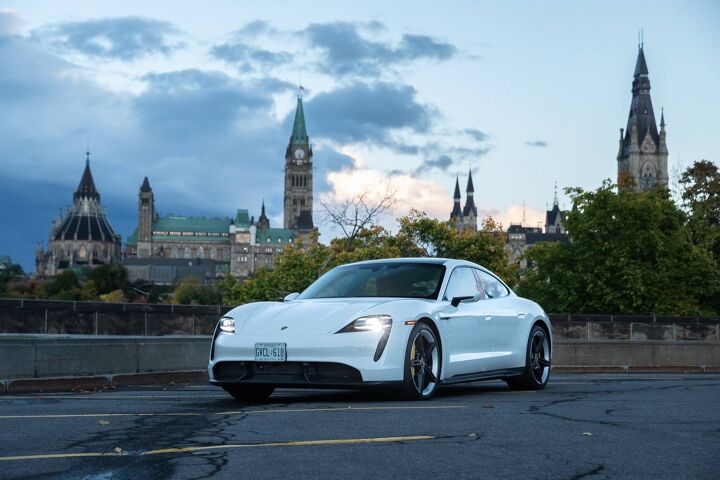
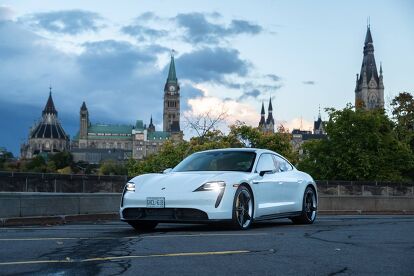











































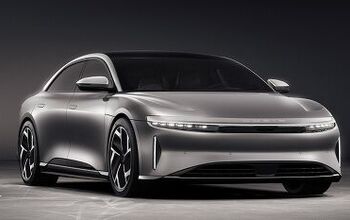

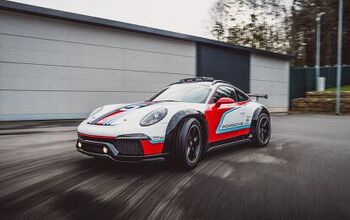

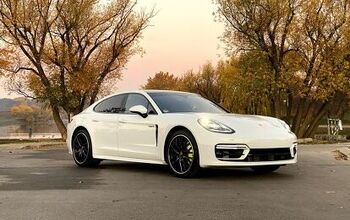


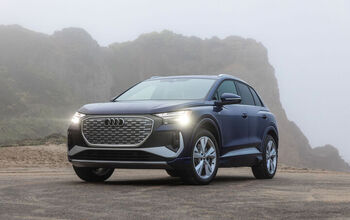



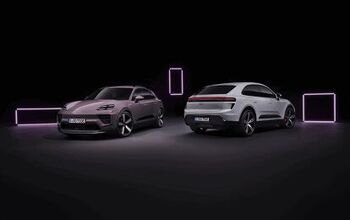
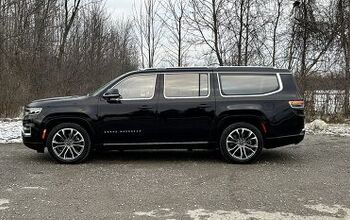

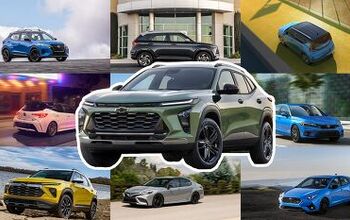
Comments
Join the conversation